In the southernmost part of Thanh Hoa, besides the peaceful, rustic and simple corners of Lach Bang with its own cultural space that has been shaped, there is the hustle and bustle of the bustling Nghi Son Economic Zone that is growing and developing day by day...
 A corner of Lach Bang in Hai Thanh ward, Nghi Son town.
A corner of Lach Bang in Hai Thanh ward, Nghi Son town.
Old features along the Bang River
Lach Bang estuary is located in the southeast sea of Nghi Son town, Thanh Hoa province. Lach Bang river (local people still call it Bang river) originates from Huon mountain, Phu Lam ward, flows around the foot of Du Xuyen mountain and then flows into the sea, located between Hai Binh and Hai Thanh wards, creating the estuary. The name of the river "Bang" combined with the sea estuary "Lach" forms the name Lach Bang.
It has been a long time since I had the opportunity to return to this salty land at the estuary. The Bang River is still wide and long, winding around Du Xuyen Mountain (in Hai Thanh Ward), on the right side of the Bang River is a smooth white sandbank gently sloping like a feng shui painting, the mountains and rivers are charming, beautiful enough to captivate people's hearts...
If we observe carefully, we can easily feel the rustic and simple features inherent here. Those are the women and mothers who still rake clams and catch them every day. The boats following each other after days at sea, returning full of shrimp and fish. The ferry connecting the two banks of the Bang River (Hai Binh ward and Hai Thanh ward); or the ancient and sacred Lach Bang temple with the Cau Ngu festival taking place in the beginning of the fourth lunar month every year...
To cross the Bang River, I boarded a boat. The small boat was rowed by a middle-aged woman named Thanh. Thanh whispered: "Whenever there are passengers, I will take them, and later I will go with the sisters to rake clams, catch oysters... There is no shortage of work here, but unfortunately there is no stable work." On the small, swaying boat, not only our small boat was on the long stretch of the river, but there were also large ships coming to port, unloading goods after days at sea.
Not far from Lach Bang Temple where I was standing is the temple of King Quang Trung, built in the late 18th century. The temple worships the hero in a red flag and cloth shirt, with its back against the mountain, overlooking the Bang River. With its cultural and historical values, the Quang Trung Temple Festival in Lach Bang and Cu Lao Bien (Bien Son), Hai Thanh Ward and Nghi Son Commune (Nghi Son Town) has been included in the List of National Intangible Cultural Heritage by the Ministry of Culture, Sports and Tourism. It can be said that Cua Bang mountains and rivers with their scenic spots; relics and festivals imbued with national cultural identity have been shaping a traditional cultural region rich in identity...
Every day changes
Besides the traditional cultural features of the Cua Bang area, it is easy to see that a bustling Nghi Son Economic Zone is developing day by day. Modern factories and enterprises have been promoting the development of trade, accommodation, and service industries here, creating jobs for thousands of local workers. Mr. Nguyen Ngoc Thuong, Chairman of Nghi Son Commune People's Committee, could not hide his joy when talking about the transformation of the island commune. If in the past, the lives of the people in the commune mainly depended on the traditional and unstable marine economy, now there is a strong shift, the number of local workers working in Nghi Son Economic Zone is 1,200; the number of workers participating in tourism services at restaurants and resorts in the area is nearly 1,000. Thanks to that, the lives of the people here are constantly improving, the appearance of the locality is also changing day by day.
According to Mr. Le Van Thang, Director of Thanh Hoa Fishing Port Management Board, the traditional industry of seafood exploitation and fishing at Bang estuary still plays a certain role in the overall development of the localities here. Evidence from statistics in the first 6 months of 2024 at Lach Bang Fishing Port shows that: The number of ships entering and leaving the port is 1,431 ships with the output of seafood unloaded through the port is 3,631 tons. Lach Bang Fishing Port is also creating jobs for 1,500 local workers, with income ranging from 7-12 million VND/person/month.
In the general change of the estuary, it would be remiss not to mention the promotion of the potential and advantages of marine tourism. Identifying this as a strong industry, Nghi Son town has been focusing on trade promotion, calling for investment in tourism infrastructure development. In particular, the Quang Trung - Lach Bang relic cluster, Bien Son scenic relic complex, Truong Lam cave complex... are prioritized for development. The goal for tourism in 2024 is that Nghi Son town strives to have 115 accommodation establishments, of which 10% are ranked from 2 to 4 stars; 75% of tourism service workers are professionally trained... aiming to welcome over 1.2 million visitors, with total revenue from tourism reaching over 2,300 billion VND.
Hopefully, with the efforts of the local authorities here in taking advantage of the potential and advantages of the sea, one day not far away, this Cua Bang area will become one of the highlights of socio-economic development in the southernmost part of Thanh Hoa!
Article and photos: Dinh Giang
Source: https://baothanhhoa.vn/cua-bang-chuyen-minh-220754.htm


![[Photo] Vietnamese rescue team shares the loss with people in Myanmar earthquake area](https://vstatic.vietnam.vn/vietnam/resource/IMAGE/2025/4/6/ae4b9ffa12e14861b77db38293ba1c1d)
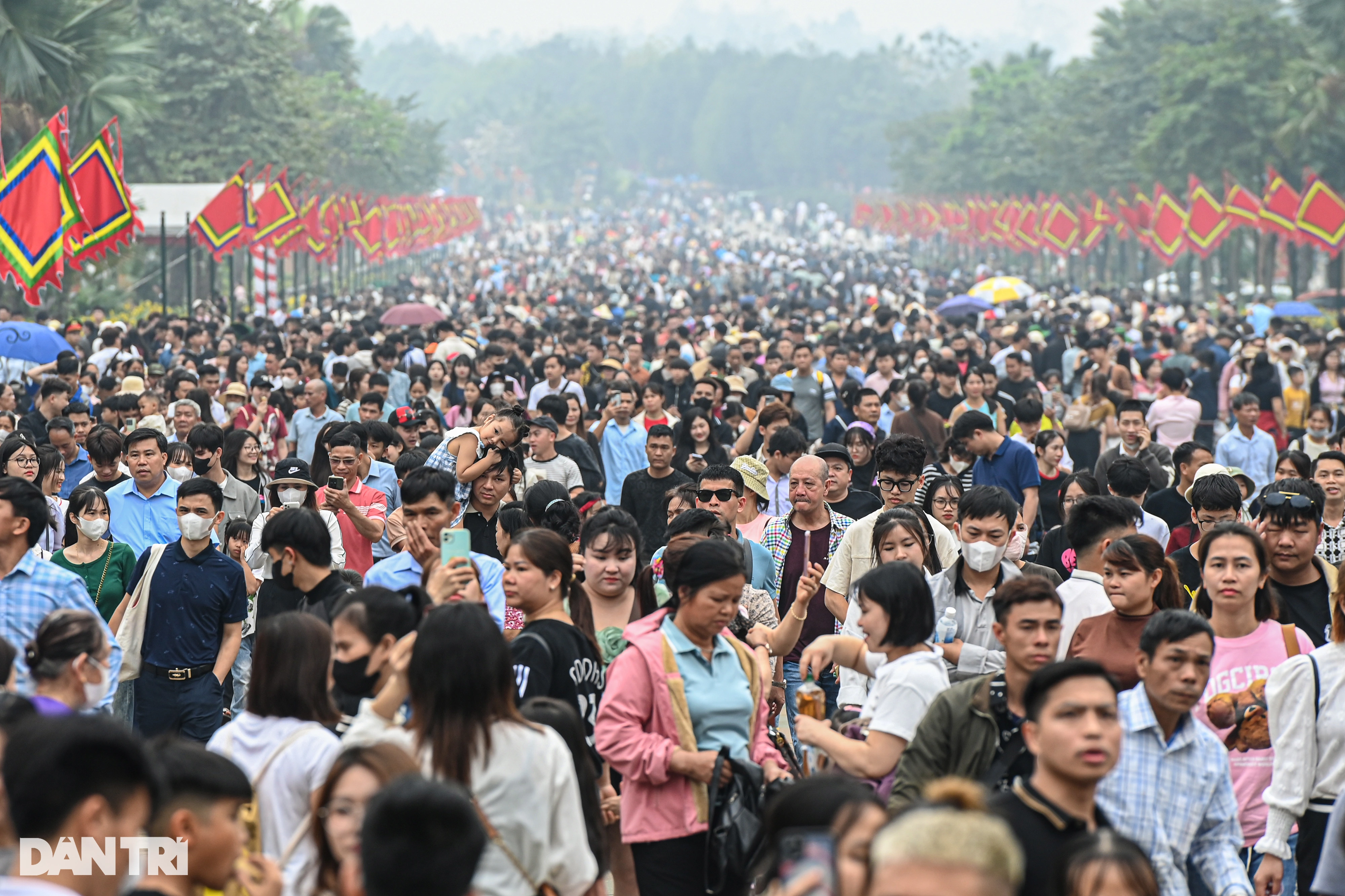

![[Photo] Military doctors in the epicenter of Myanmar](https://vstatic.vietnam.vn/vietnam/resource/IMAGE/2025/4/6/fccc76d89b12455c86e813ae7564a0af)
![[Photo] Solemn Hung King's Death Anniversary in France](https://vstatic.vietnam.vn/vietnam/resource/IMAGE/2025/4/6/786a6458bc274de5abe24c2ea3587979)
![[Photo] Prime Minister Pham Minh Chinh chairs the regular Government meeting in March](https://vstatic.vietnam.vn/vietnam/resource/IMAGE/2025/4/6/8393ea0517b54f6791237802fe46343b)
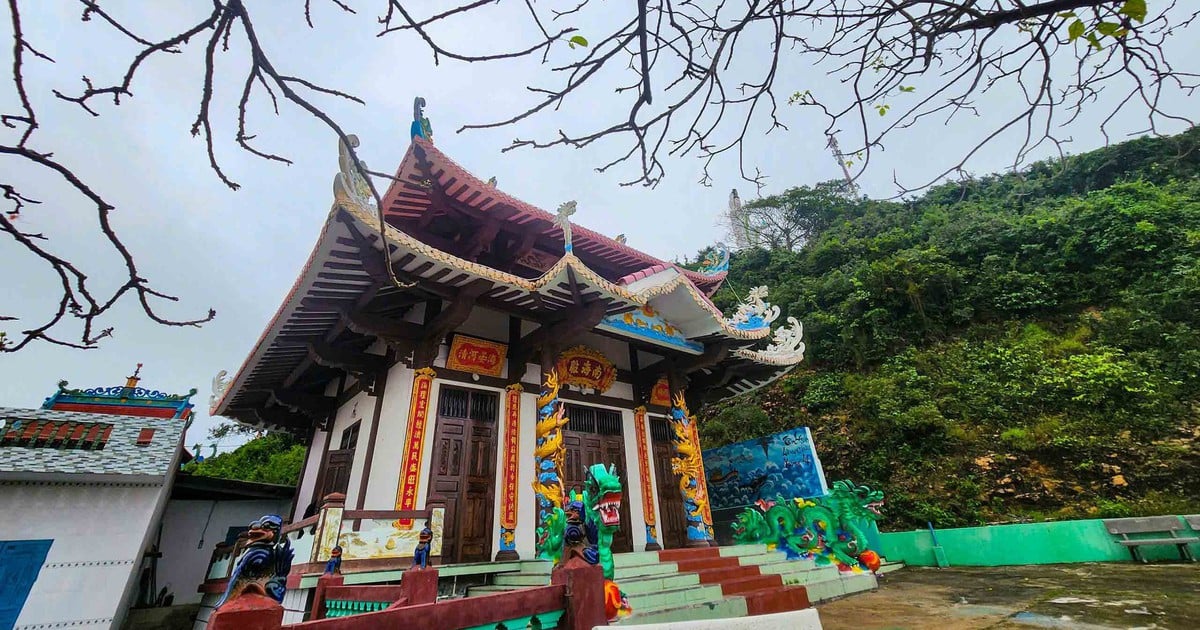


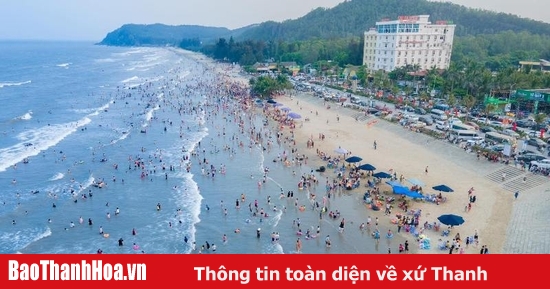

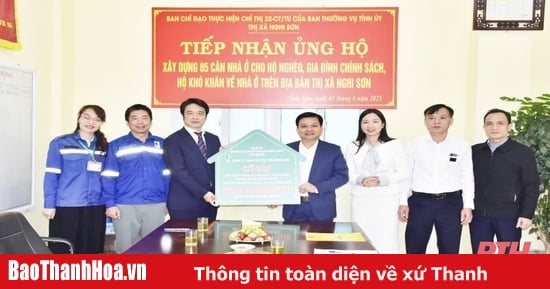
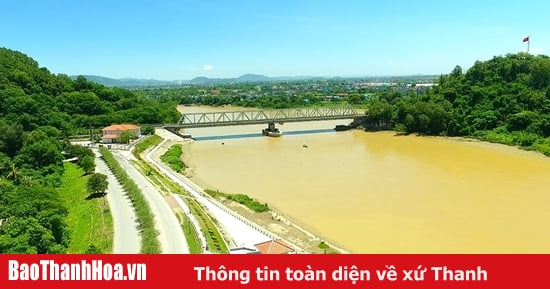
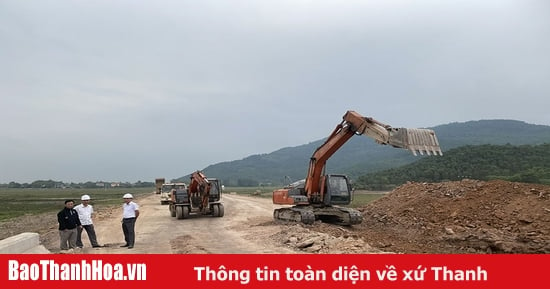


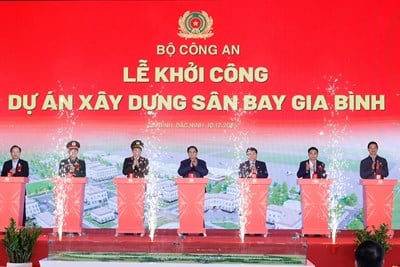

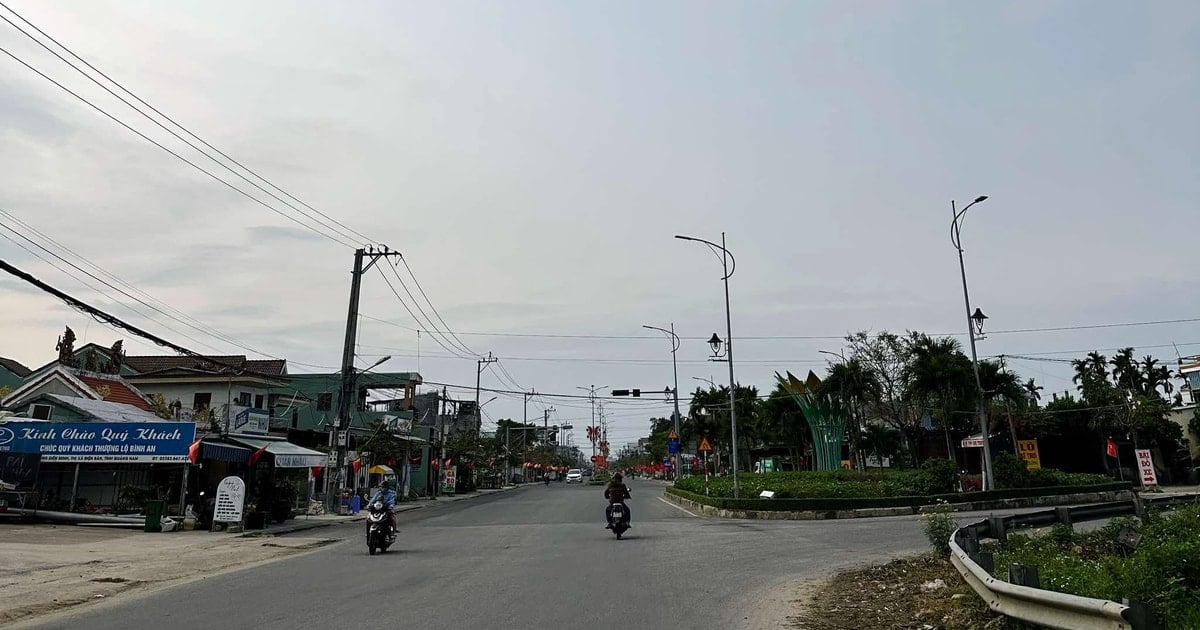


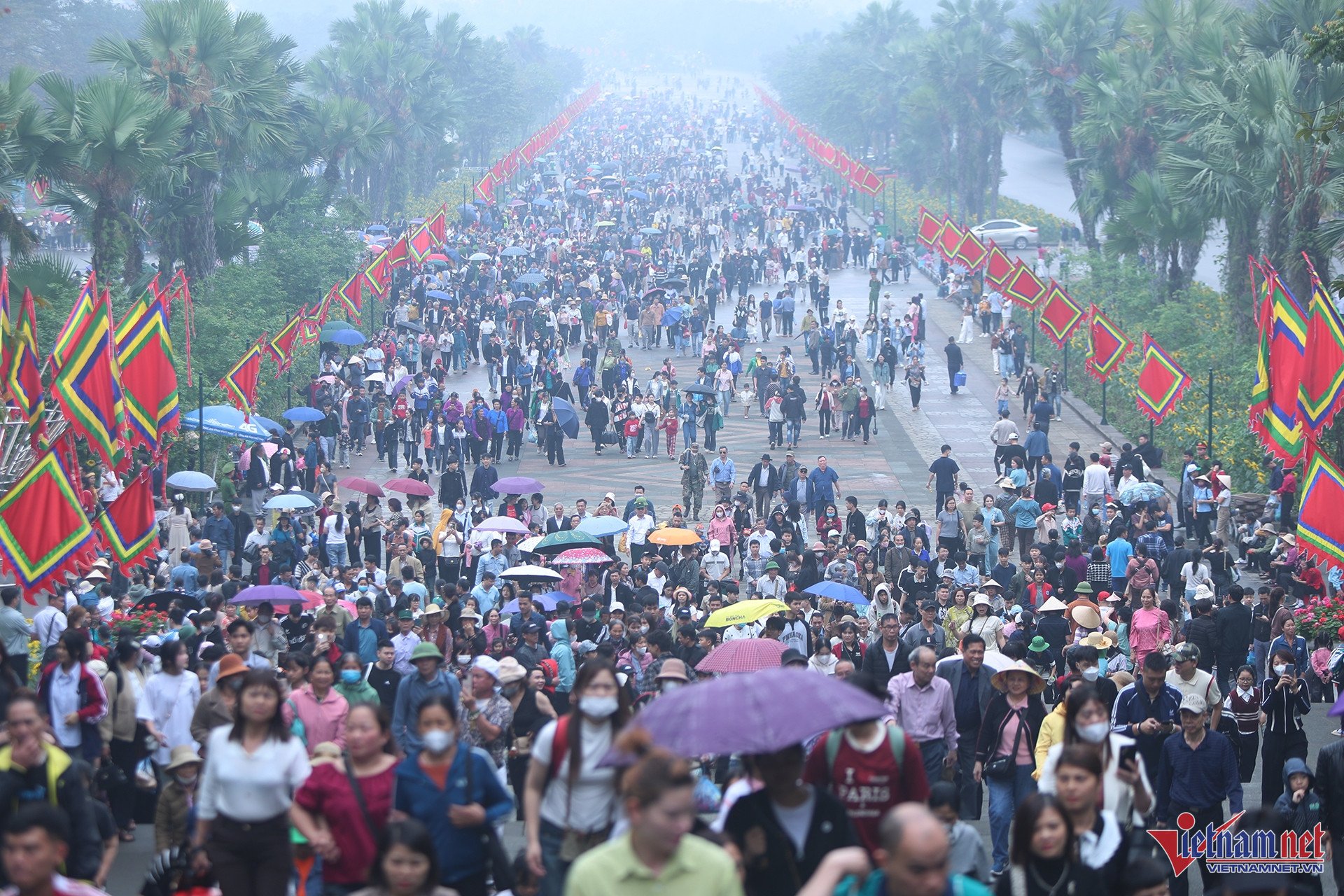
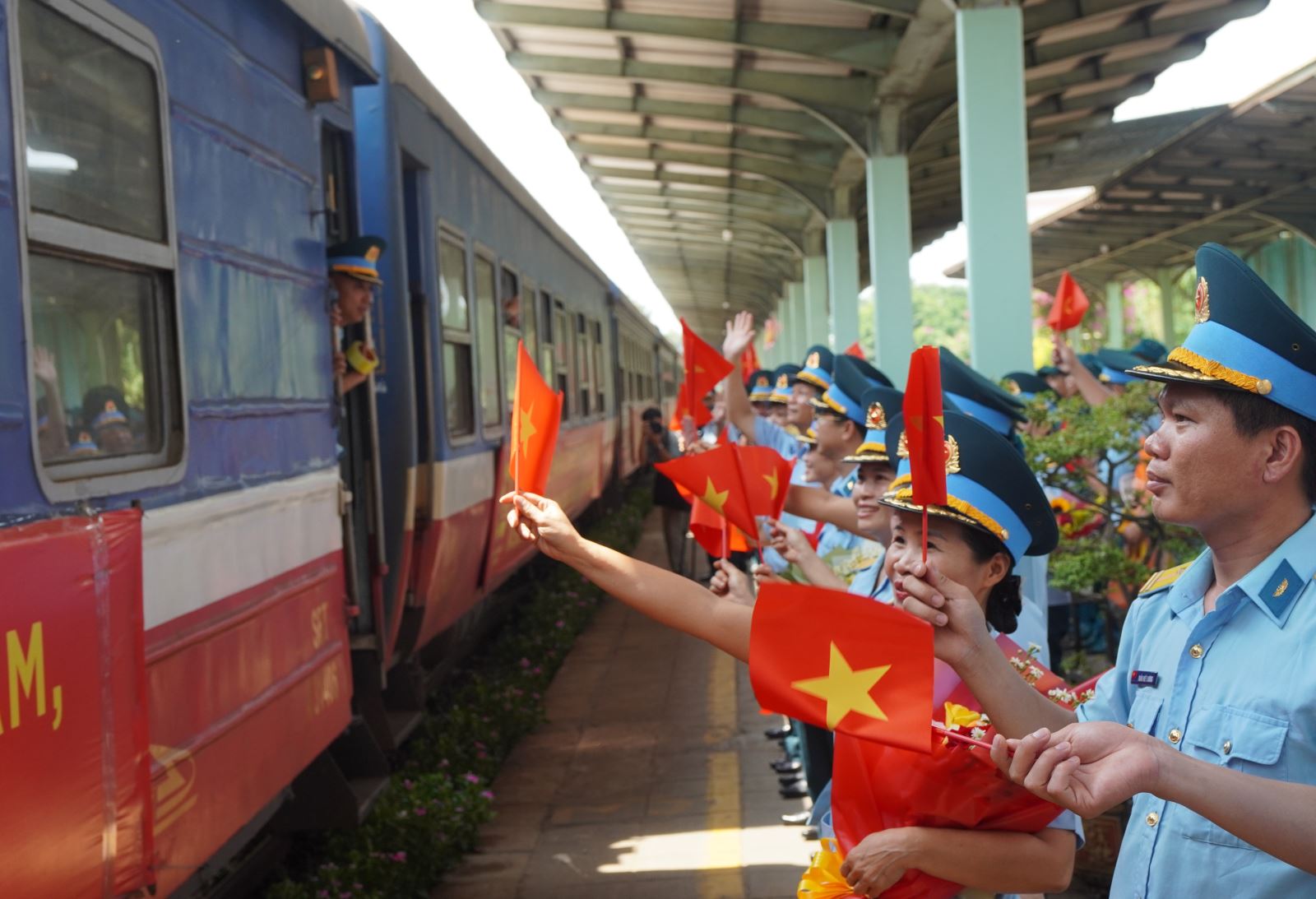
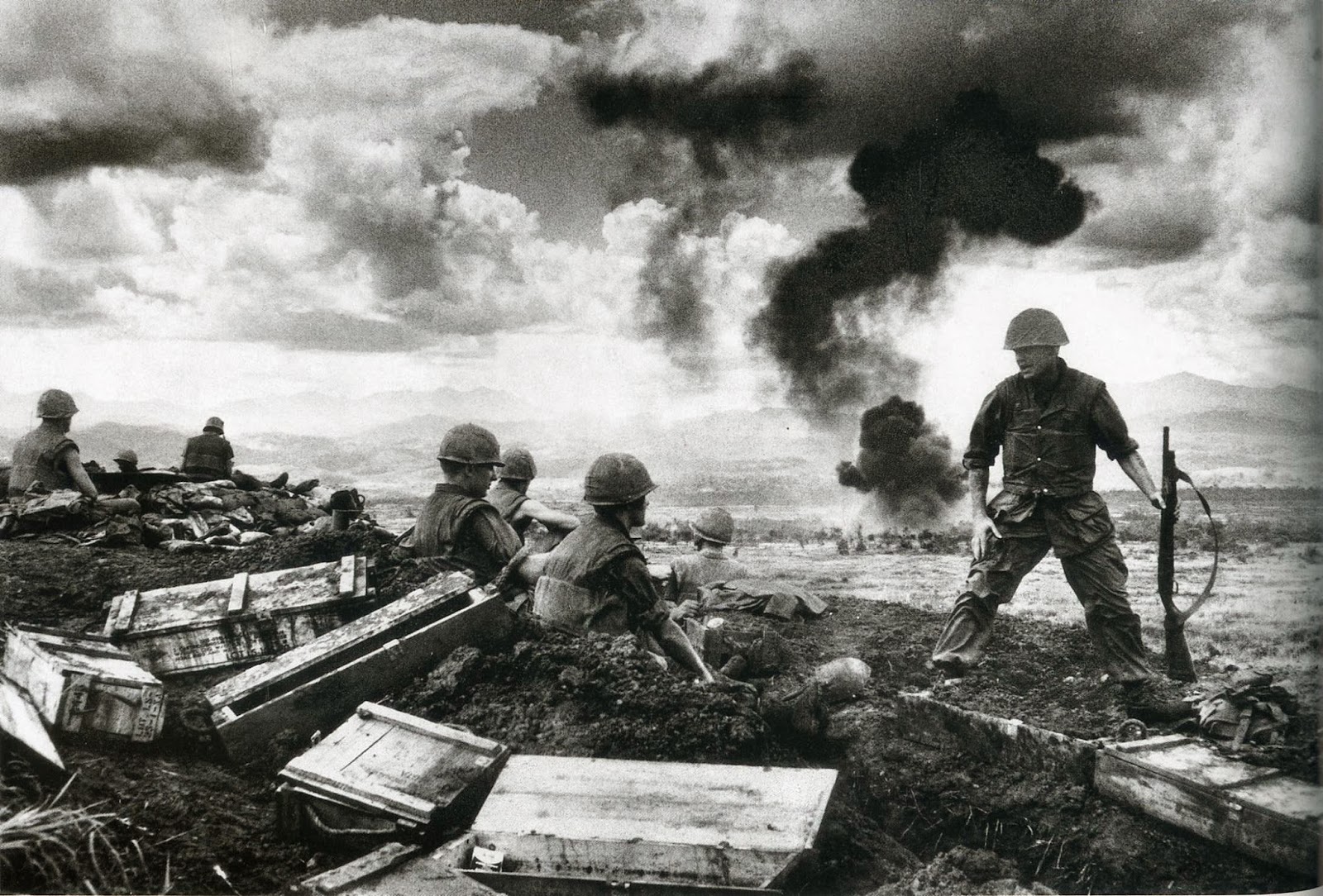
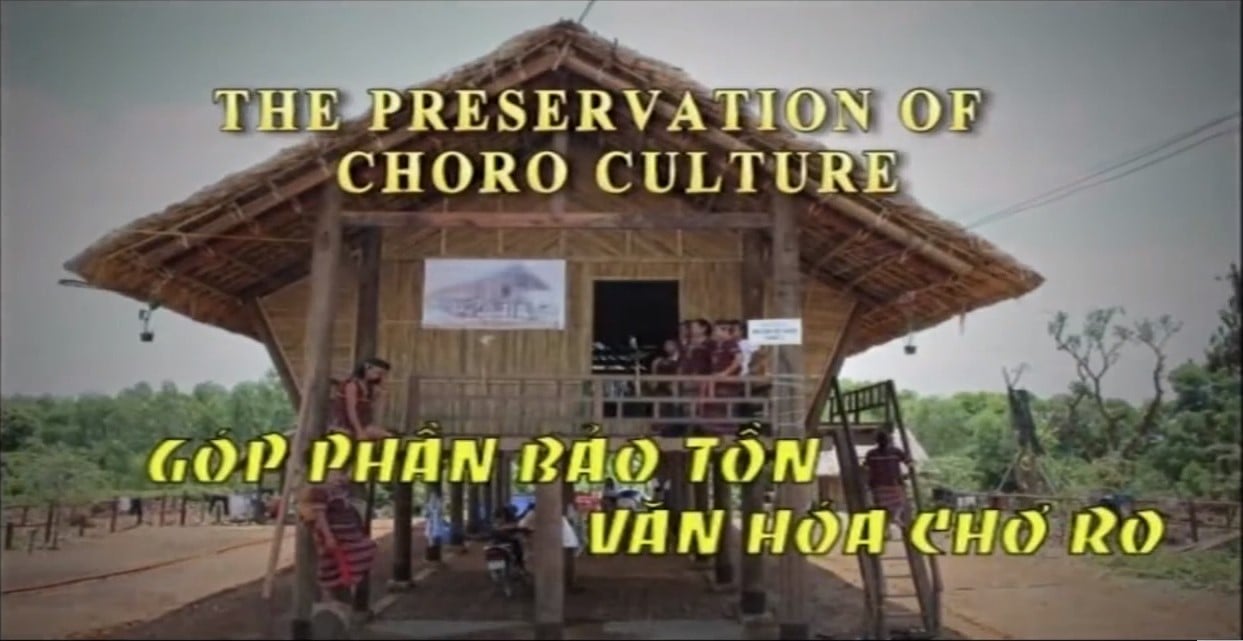
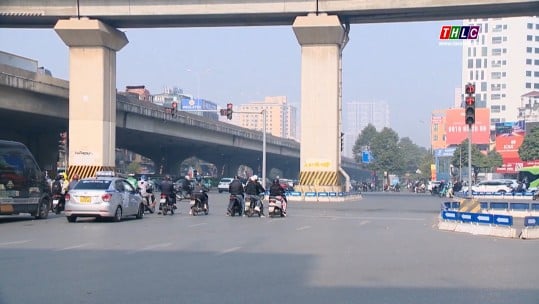
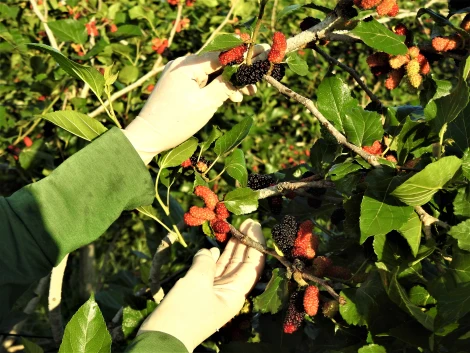
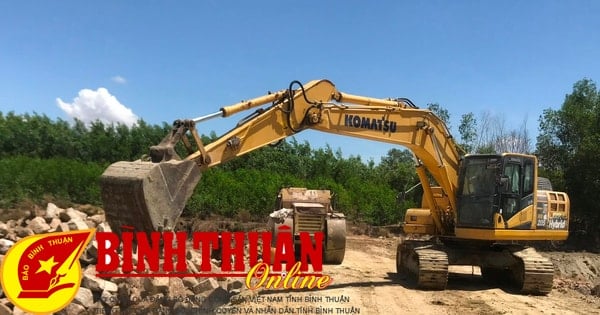
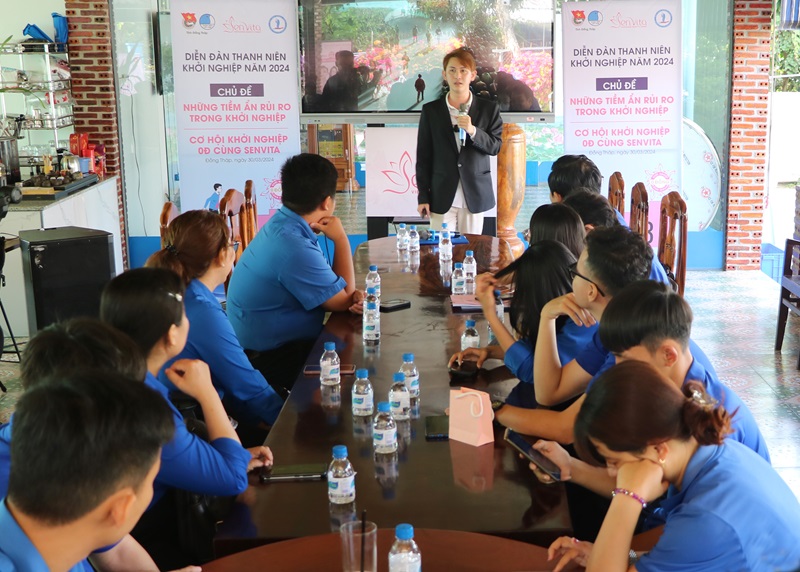
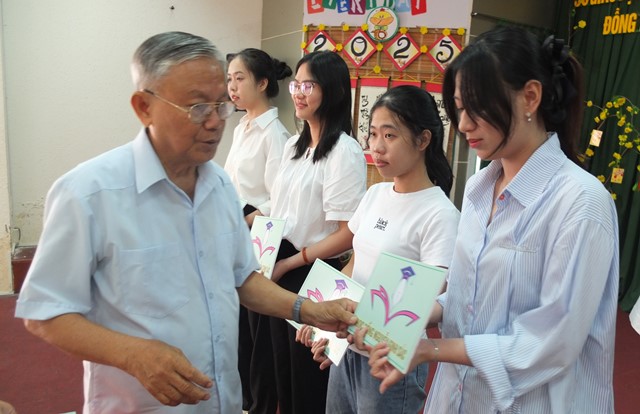
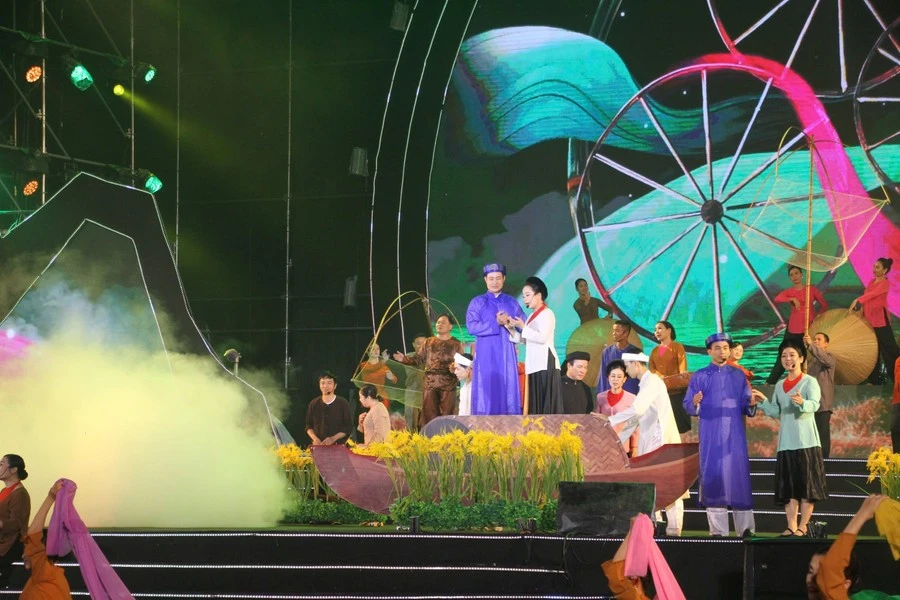

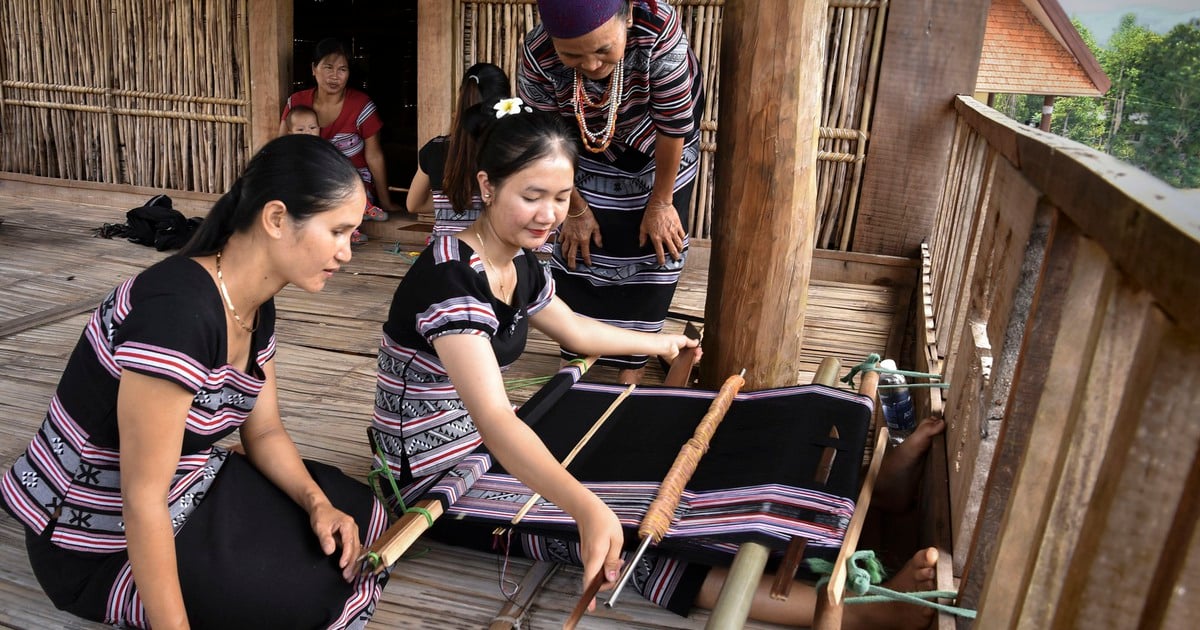
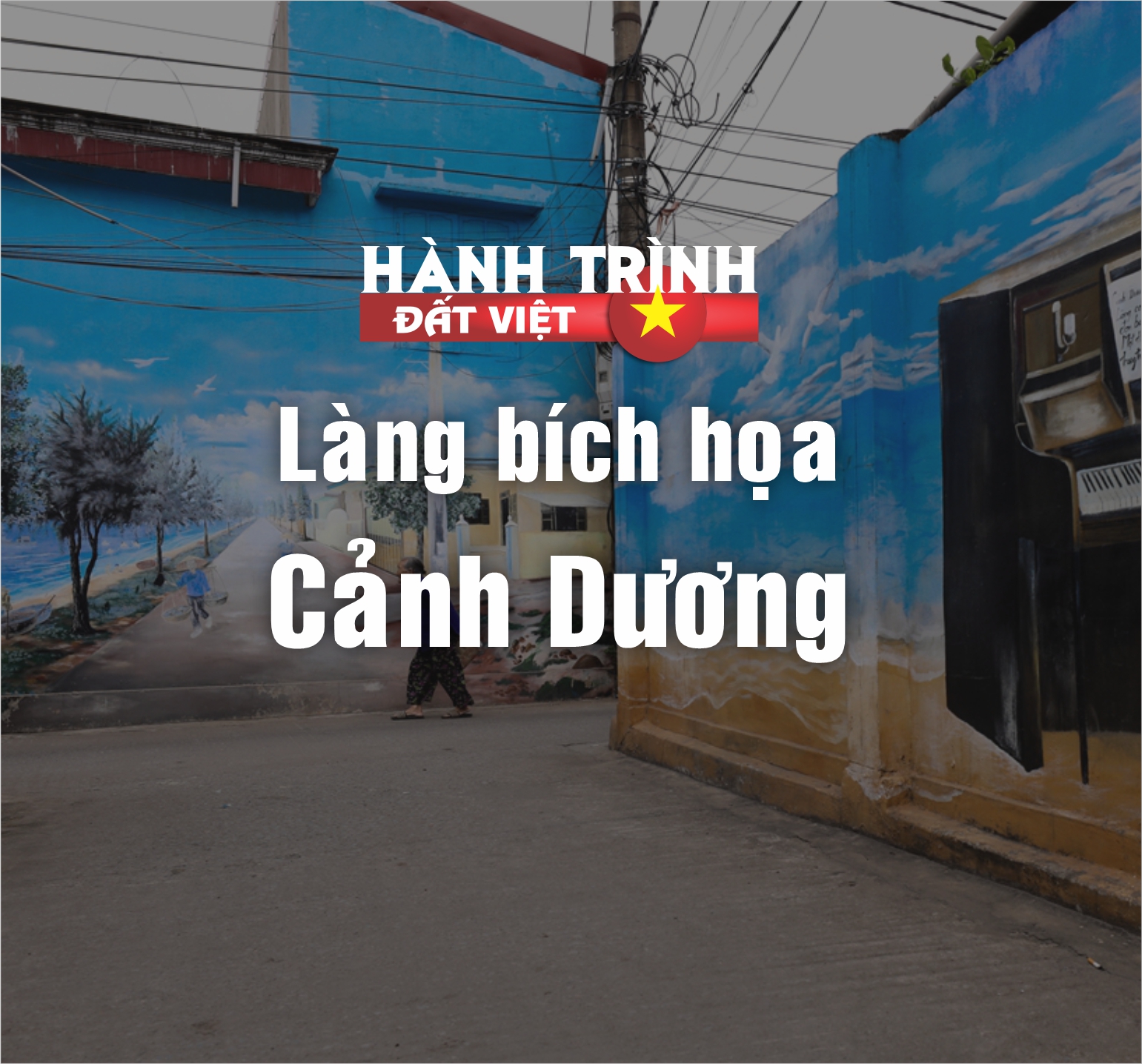

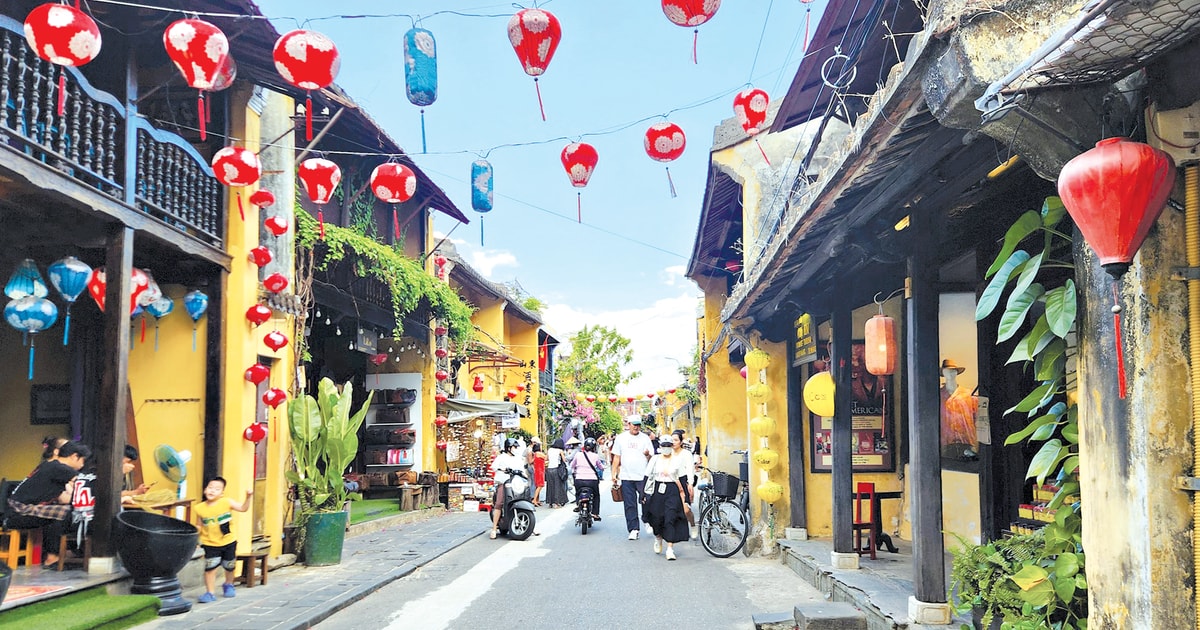

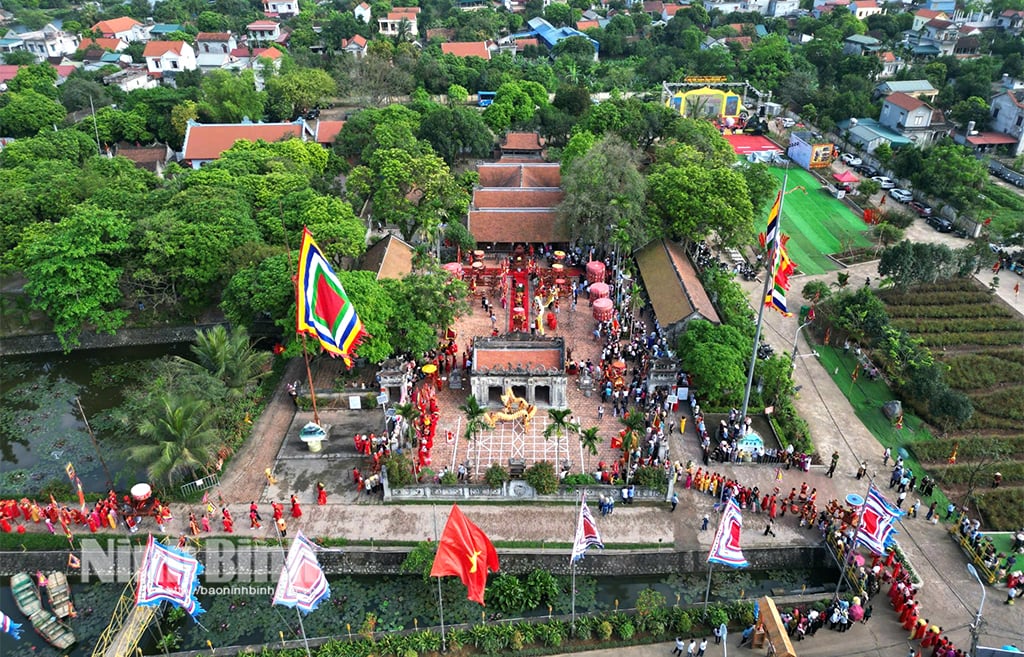



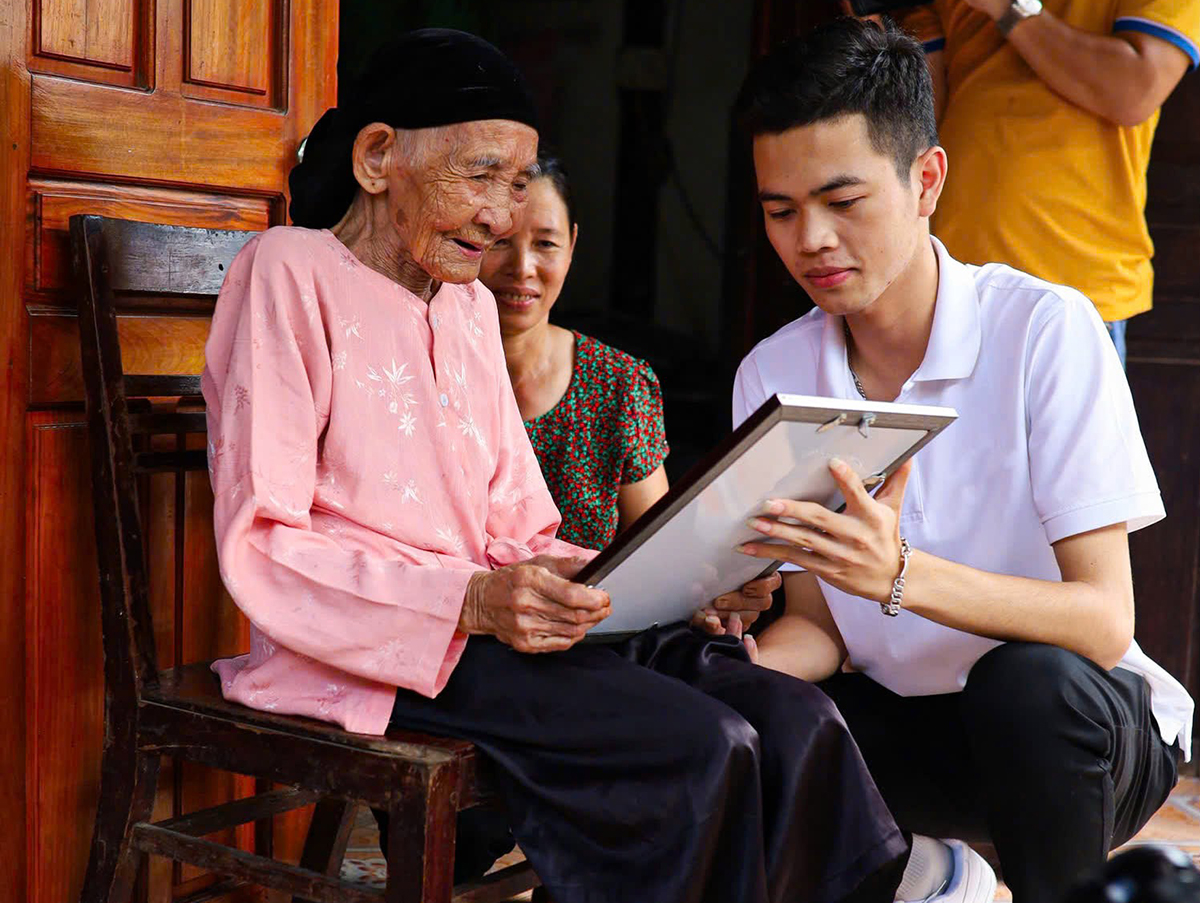

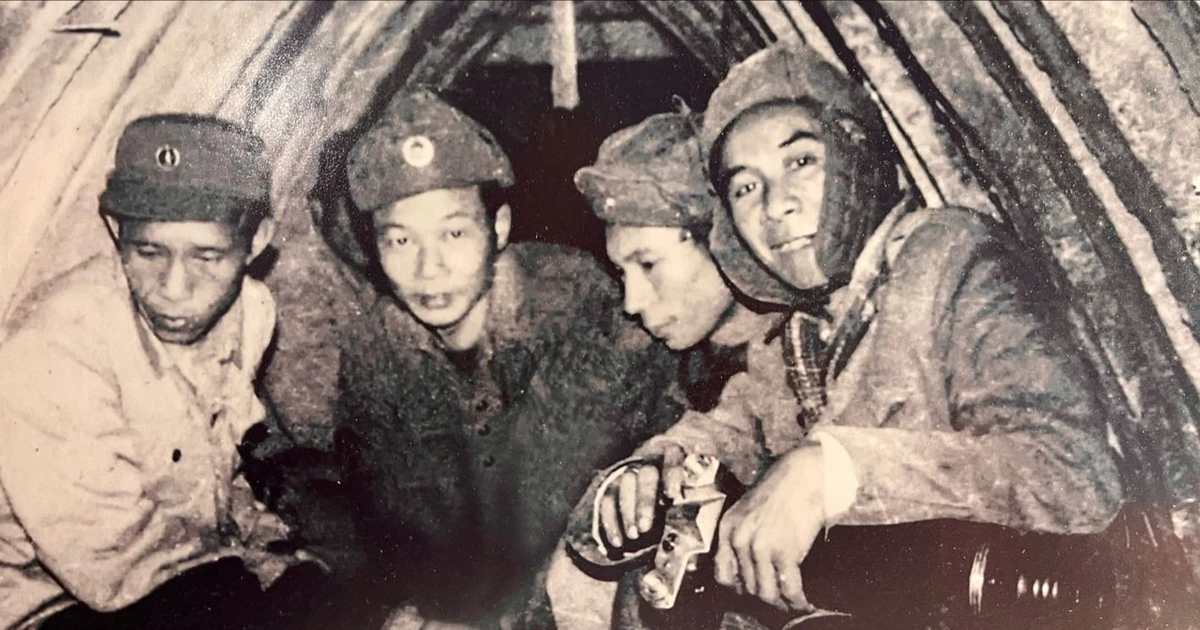




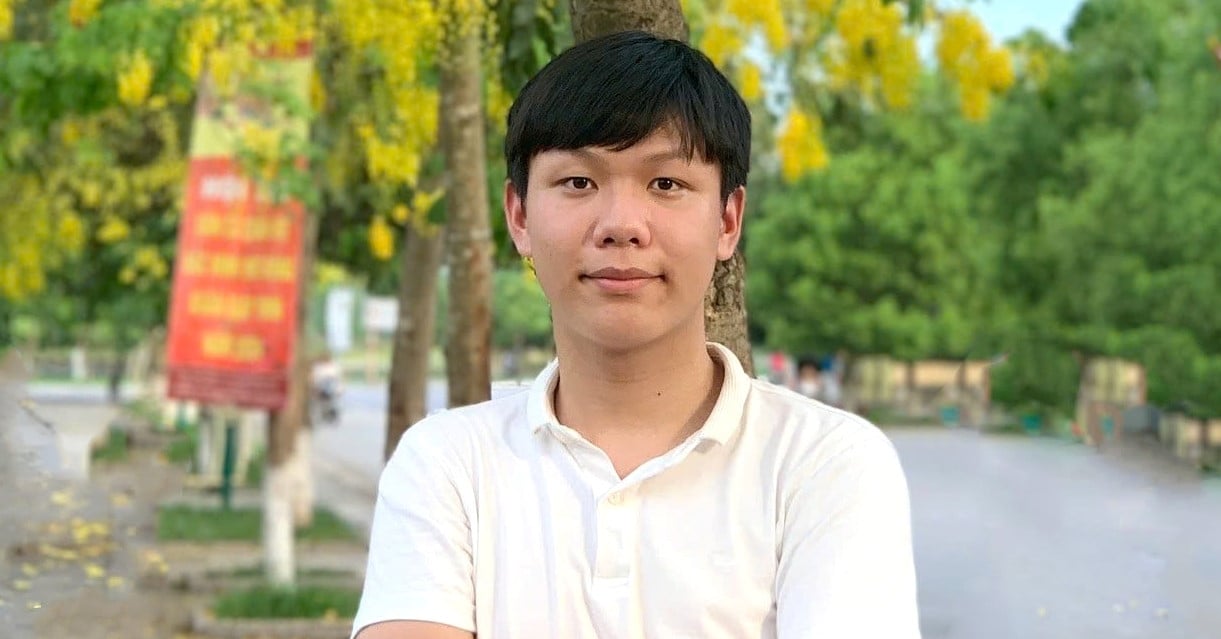

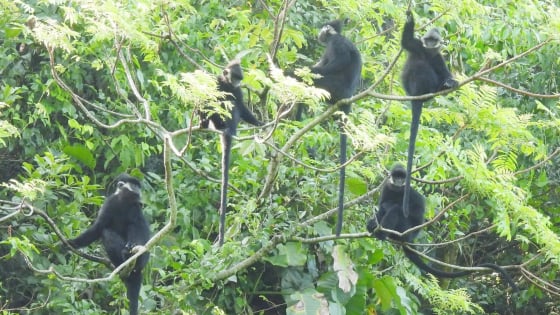

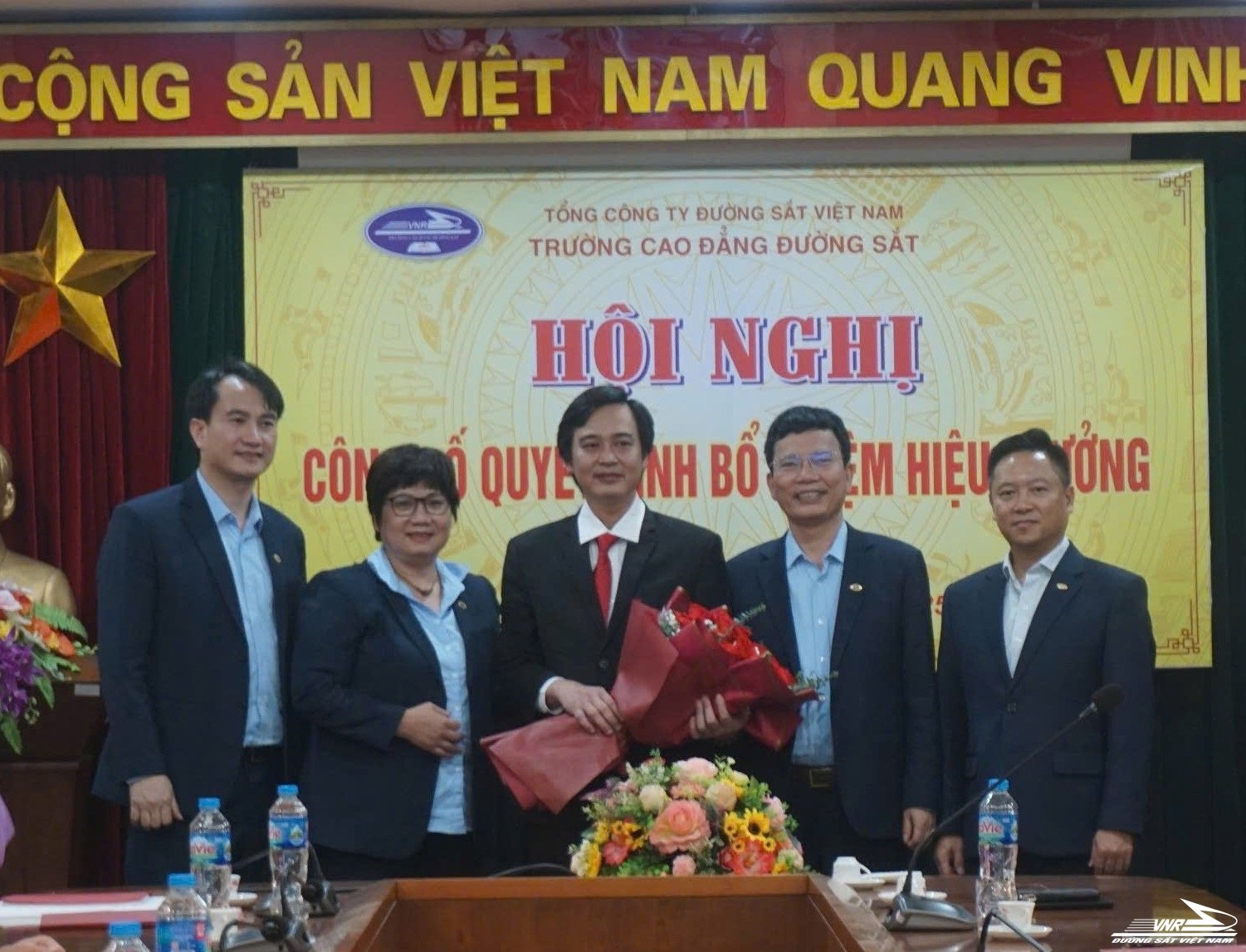
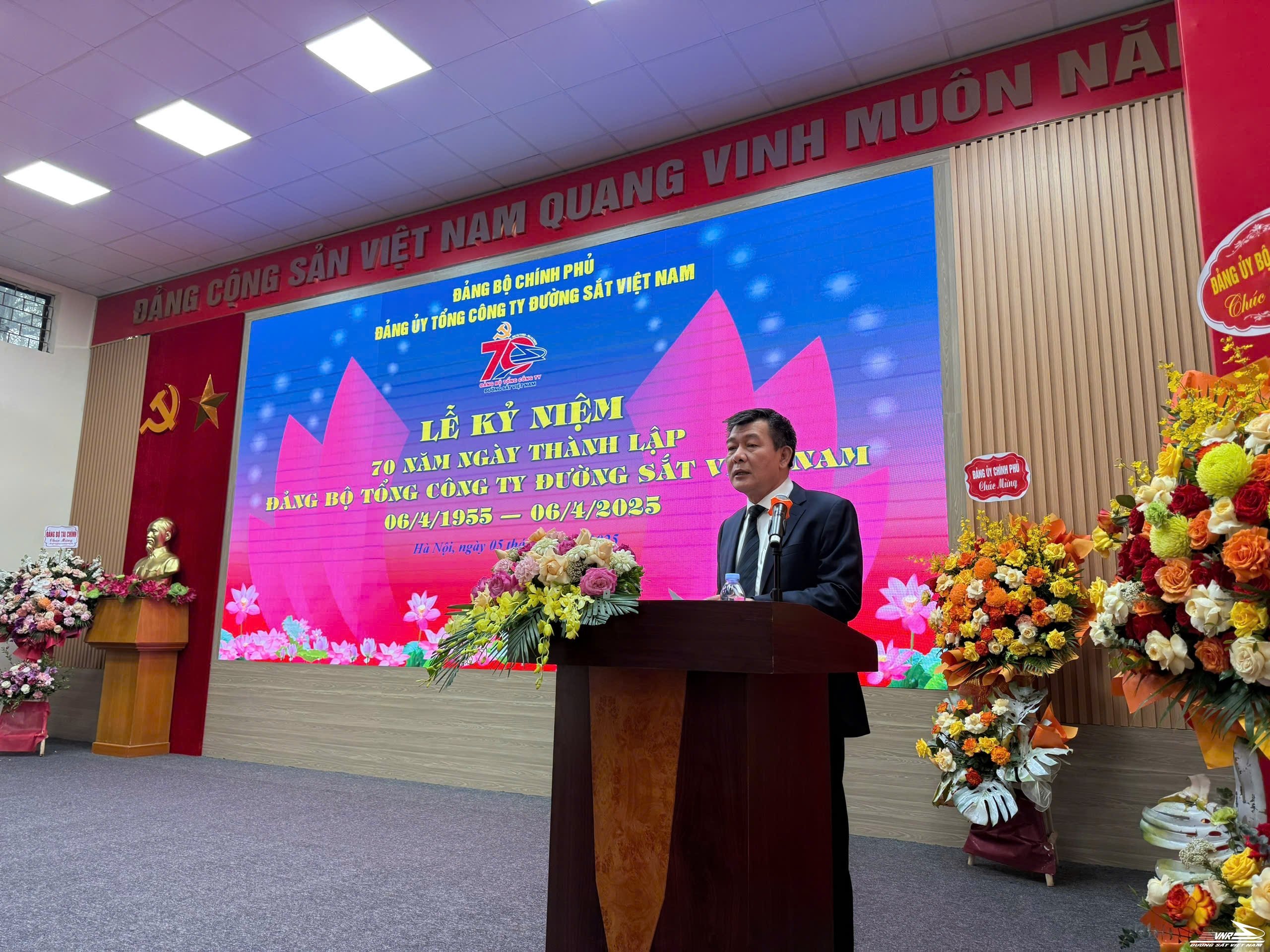
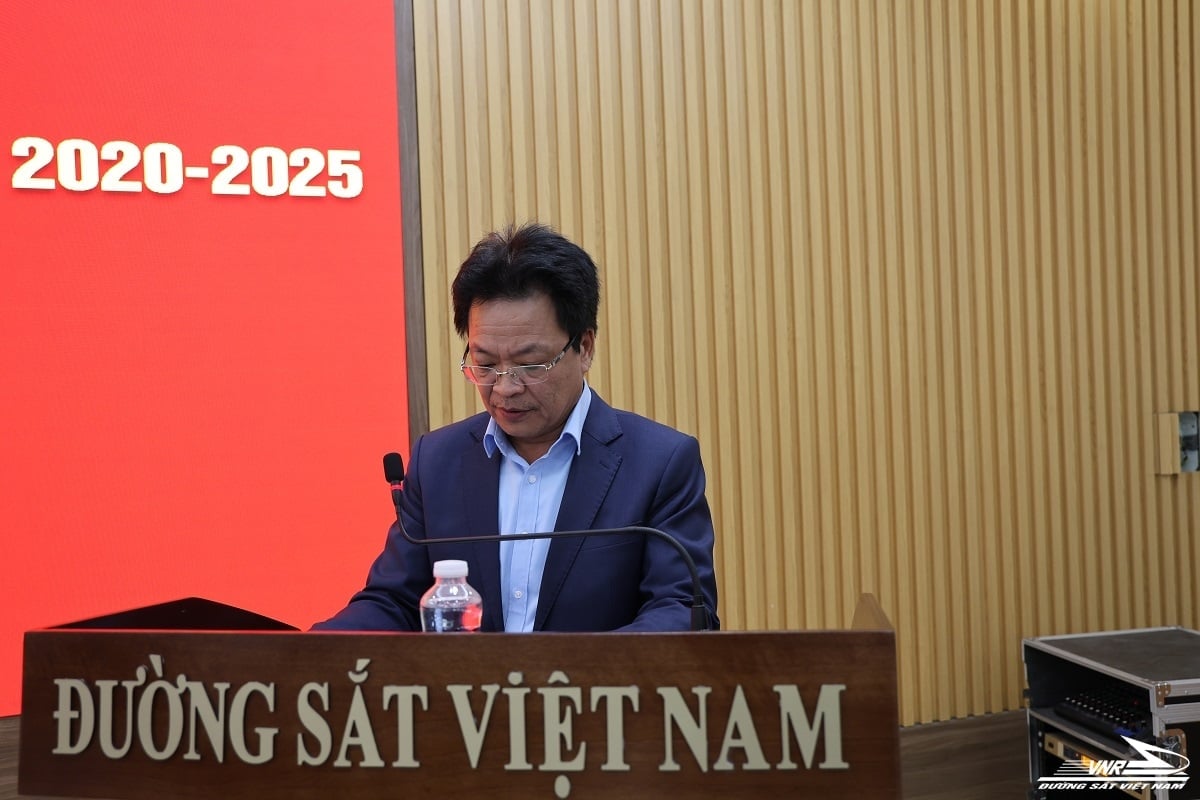
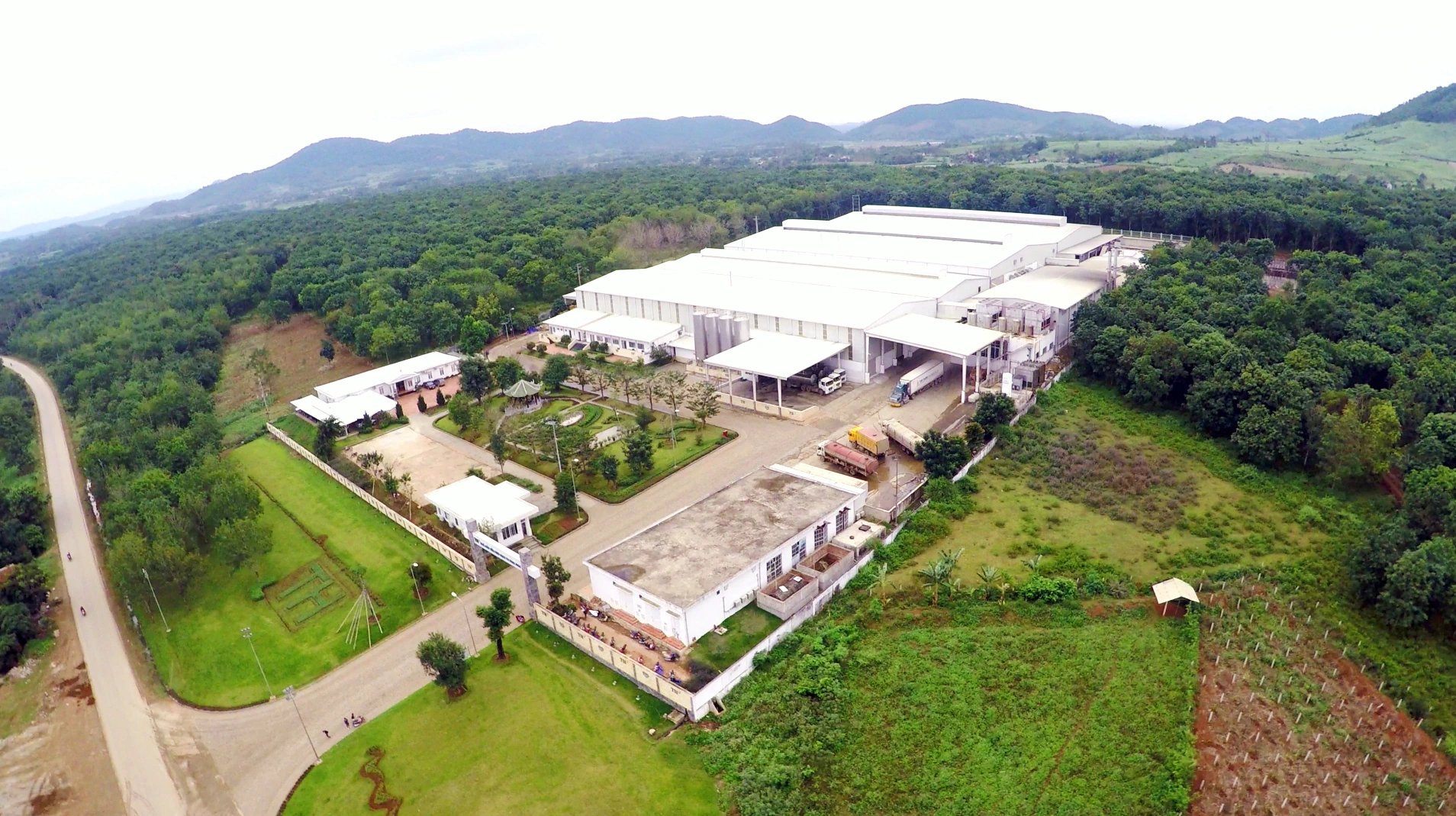
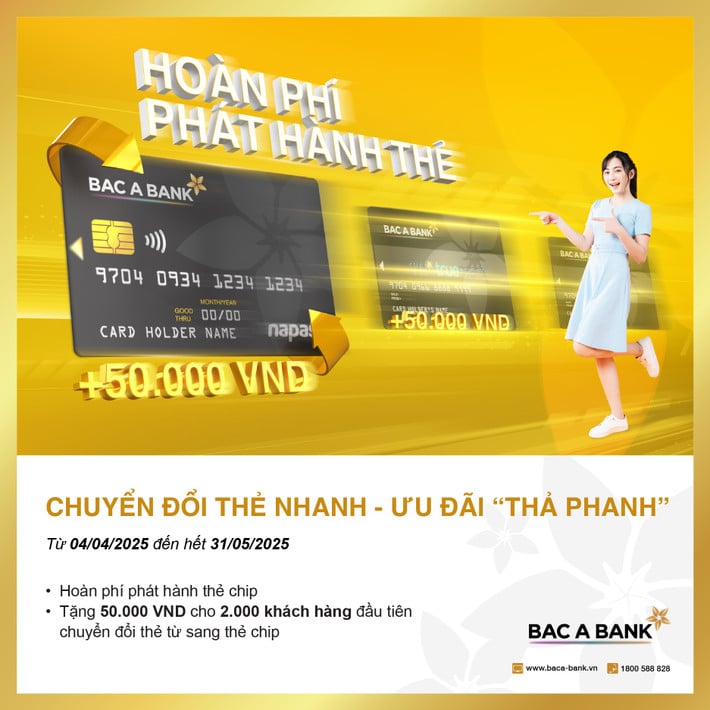

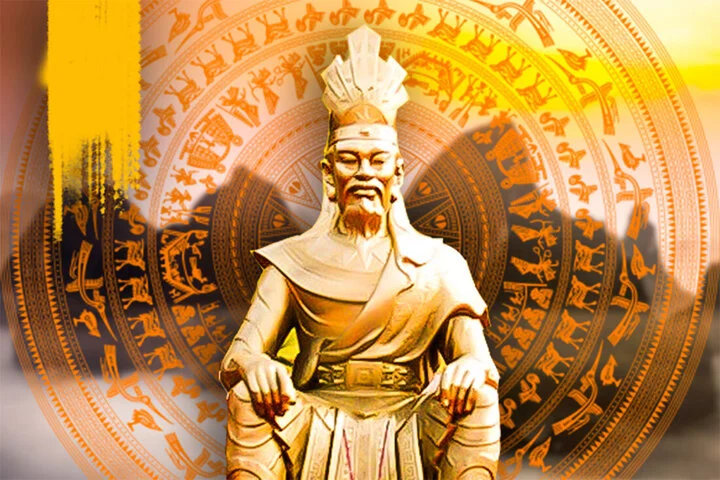

















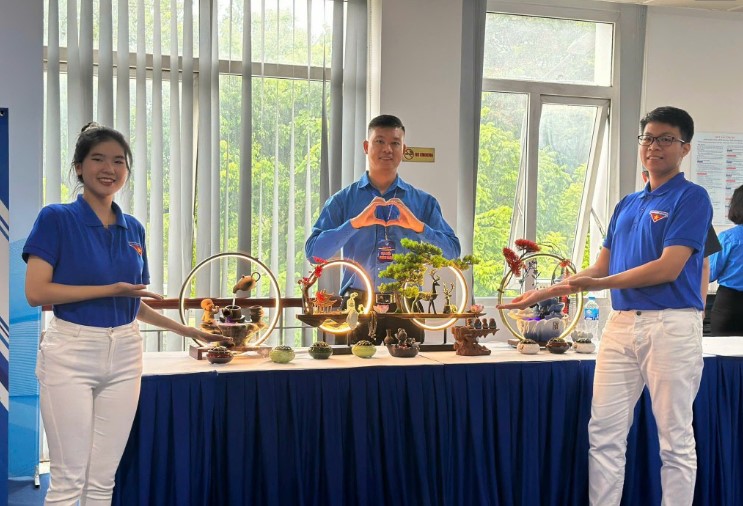
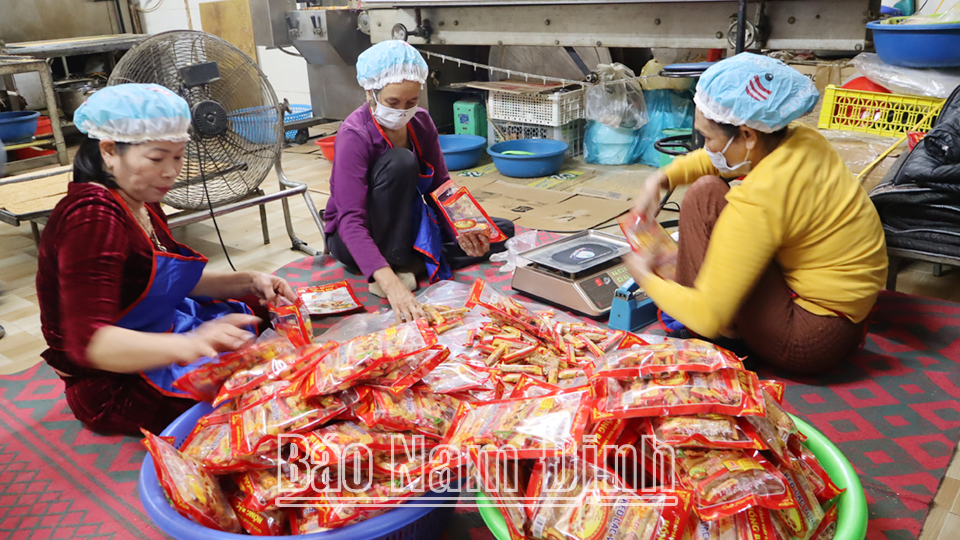





Comment (0)